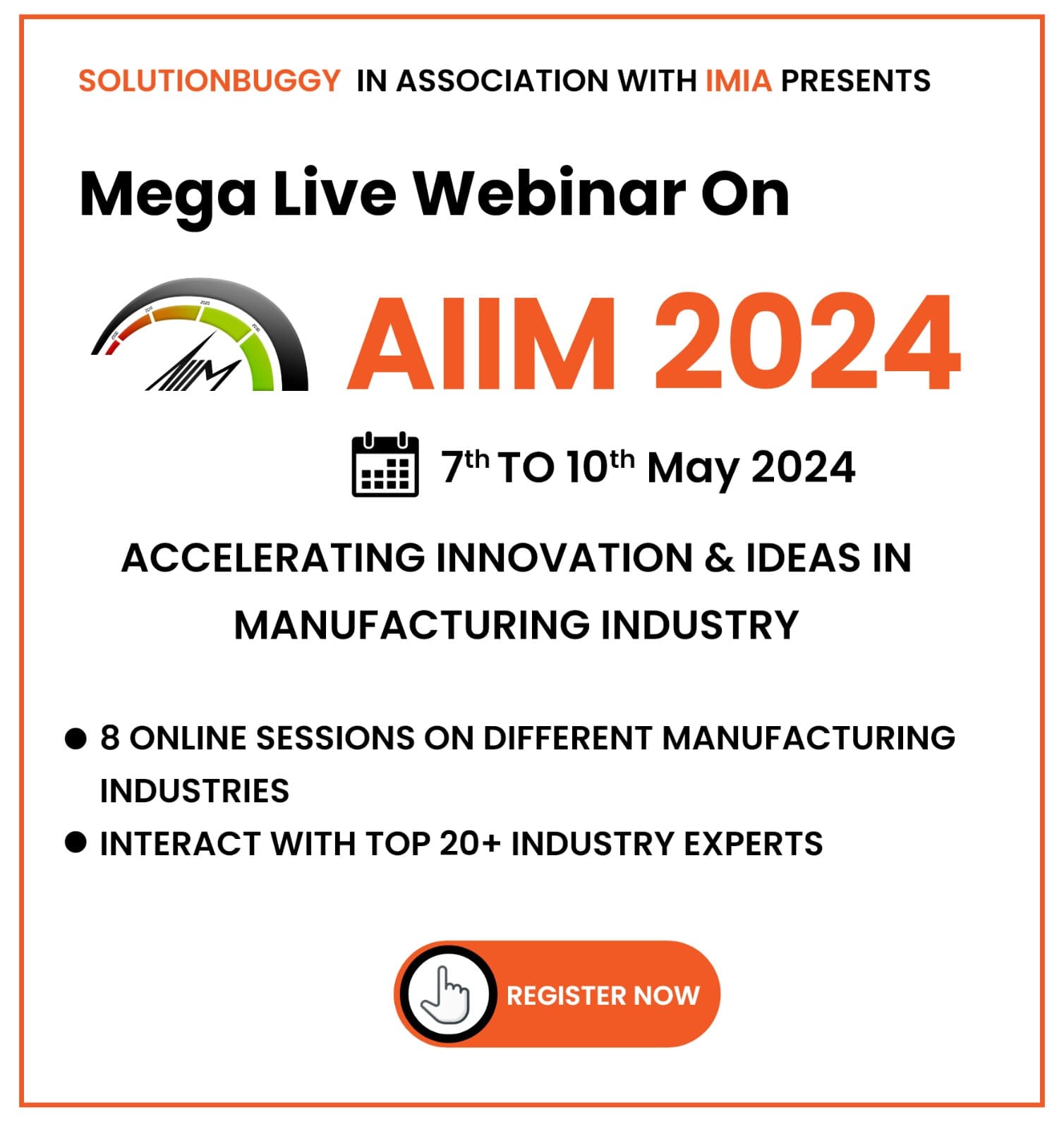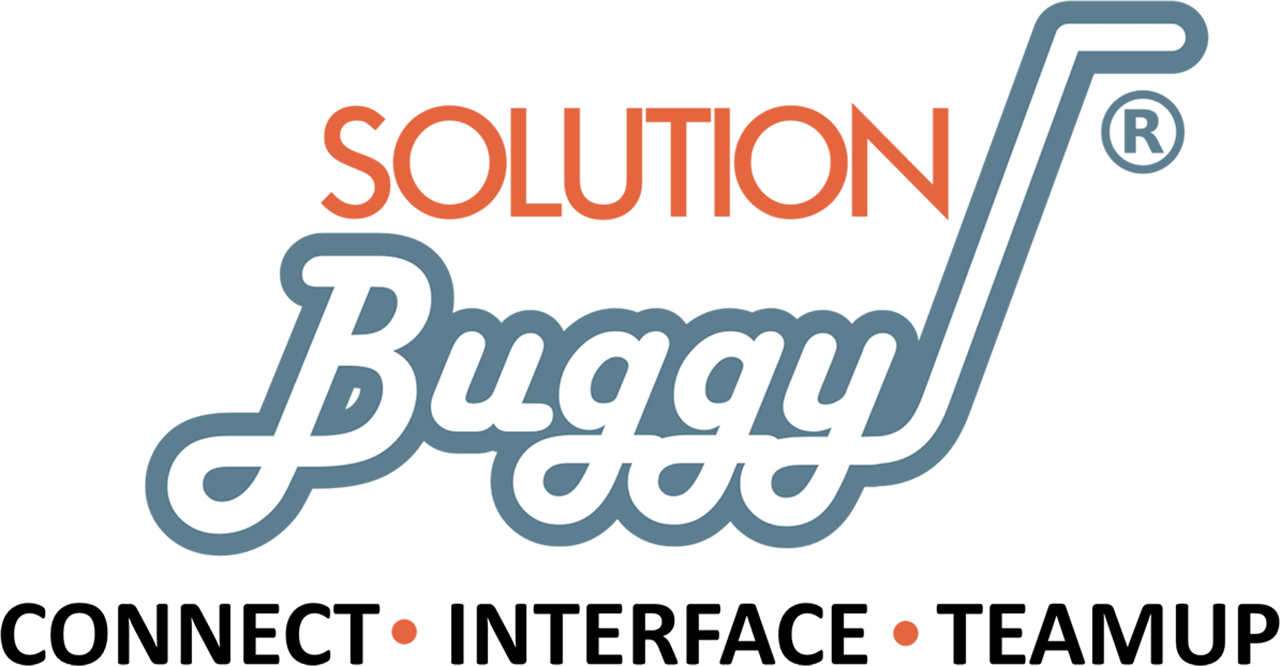Pro’s and Con’s of Additive Manufacturing Processes
Additive manufacturing has been used by the automotive and aerospace industries to build prototypes. Since last years, 3D print technologies have evolved at a fast pace. The first athletic shoe was launched by Nike which includes 3D-printed components and fashion designers, artists and food technicians are doing experiments on it. The technology’s potential seems boundless.
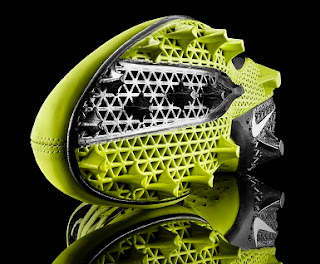 |
| Source: advancedmanufacturing.org |
One can easily create any geometric form with the help of design software with 3D print technology. For example, it incorporates hollow spaces and filigree honeycomb structures which are much lighter than traditionally manufactured components and offer the same stability. 3D printing has already achieved standards on a par with traditional manufacturing methods. 3D printing is made use of replacement parts for the body wherever needed like in dental crowns, hip joint prosthetics, and customized hearing aid shells.
From all the industry sectors the manufacturers are finding out items that may be able to produce using 3D print technology. Logistics service providers are launching pilot projects to identify the potential, need, and options to adjust their business models to include 3D print services. 3D printing manufactured products offer the same safety and stability as traditionally manufactured components replaced by them but at a fraction of the weight. 3D printing enables decentralization, saving transport costs and driving down overall logistics expenses.
Additive manufacturing may not always be the right choice as it has its own distinct advantages and disadvantages. The company and the engineer should decide if additive manufacturing is the best process for their projects.
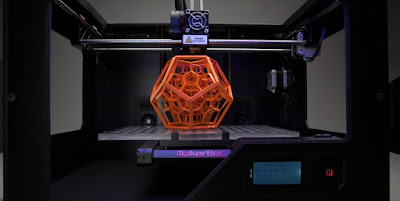 |
| Source: themanufacturer.com |
Advantages
Variety is free – Changing a part is simple and can be made easily in the original CAD file and the new print can be taken easily.
Complexity is free – Printing of a complex part costs less than simple cubes of the same size. The less solid or more complex object can be fastly and cheaply made through additive manufacturing.
No need for assembly – Hinges and bicycle chains are some of the moving parts which can be printed in metal directly into the product and thus reduce the part numbers.
Little-skill manufacturing – Professionals take care of the complicated parts with specific parameters and high-tech applications, children in the elementary school have created them on figures by use of 3D printing processes.
Little Lead Time – After completing the part’s stereolithography (STL) file, engineers can create a prototype with a 3D printer immediately. Once the part has been printed, engineers may begin to test its properties instead of waiting weeks or months for a prototype or part to come in.
Less Waste – Material needed is only used and hence there is less chance of materials being wasted.
Few Constraints – In CAD software one can dream anything and design the same and create it with additive manufacturing.
Various shades of materials – In the CAD files, the engineers can program parts to have specific colors and printers can use materials of any color to print them.
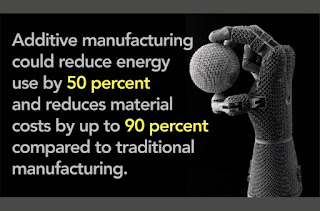 |
| Source: Pinterest.com |
Disadvantages
Production cost is high – With the use of techniques other than additive manufacturing, parts can be made faster, and hence the extra time can lead to higher costs. Besides, high-quality additive manufacturing machines may cost high.
Discontinuous production process – To prevent economies of scale, parts can only be printed one at a time.
Requires post-processing – The surface finish and dimensional accuracy are of a low quality than other manufacturing methods.
Slow build rates – Some of the printers lay down material at speed of one to five cubic inches per hour. Depending on the part needed the other manufacturing processes may be higher.
Considerable effort in application design and setting process parameters – The material design needs vast knowledge and an additive manufacturing machine is needed to make quality parts.
Poor mechanical properties – Layering and multiple interfaces can cause defects in the product.
Post-processing is needed – Surface finish and dimensional accuracy may be of a low quality than other manufacturing methods.
Register at SolutionBuggy to find Additive Manufacturing consultants/experts in quick time and get your projects done.
SolutionBuggy is an exclusive and dedicated platform for the Manufacturing Sector in India. It seamlessly bridges the gap between the industrial sector and professionals for on-demand consultation and services including projects. It connects SMEs and Large Scaled Industries with Industrial Consultants/ Experts and Industrial Product Suppliers over the internet for collaboration and success.
It is an integrated platform wherein industries can share their issues/ problems and post requirements; consultants/ experts can showcase their capabilities and offer services and solutions and suppliers can list their products to match the industry requirements.
Follow us at
280,033 total views, 508 views today
Talk to Our Expert
Solutions For
Reach Us
Bangalore (Head Office)
#249, 2nd floor, 14th Main Rd, Sector 7, H.S.R Layout, Bangalore - 560102.
Across India : Delhi | Pune | Mumbai | Chennai | Ahmedabad | Hyderabad | Kolkata, and 30+ major cities across India
Copyright © 2024 SolBuggy. All Rights Reserved
Consult NowCall UsWhatsApp(24/7)
